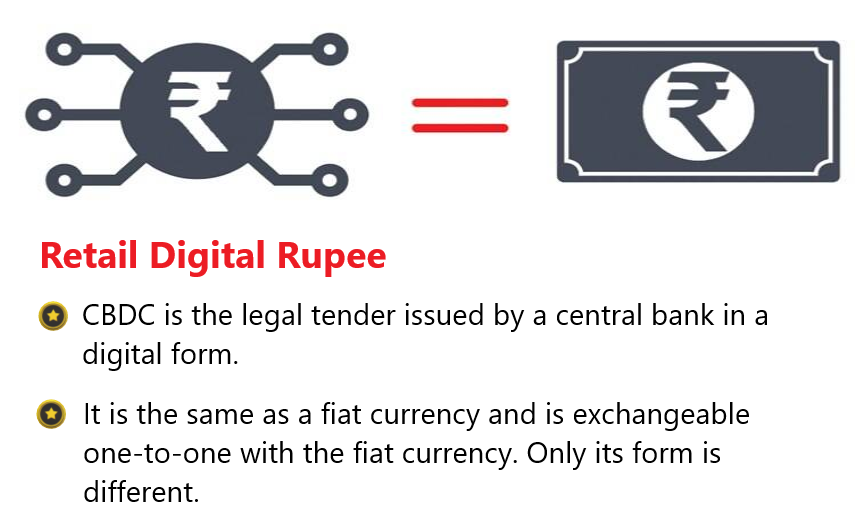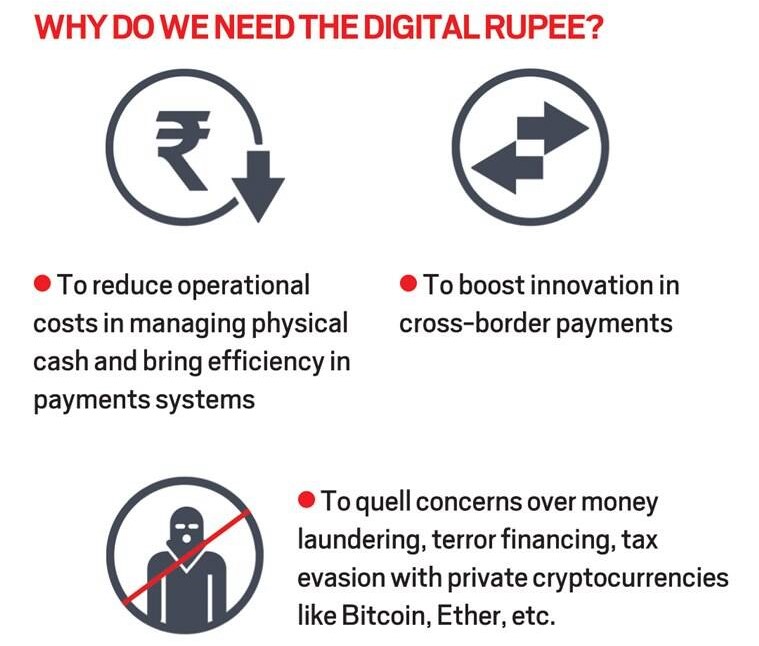900 319 0030
enquiry@shankarias.in
The Reserve Bank of India has recently launched the e-Rupee for retail users.

CBDC has the potential to provide significant benefits such as:
Other benefits

Reference